Tired of feeling overwhelmed by your chronic illness? Wishing there were innovative, practical strategies to reclaim your life? You’re not alone.
Living with a chronic condition can feel like navigating a maze, and finding solutions that truly make a difference can be exhausting. But what if we told you there are genius, under-the-radar hacks that you haven’t heard before?
This isn’t your average advice column. We’re diving deep into seven unconventional, yet highly effective, chronic illness management solutions that could be your secret weapon in taking control of your health.
Are you ready to discover strategies that go beyond the ordinary and empower you to live a fuller, more vibrant life, despite the challenges you face?
7 Genius Chronic Illness Management Solutions You Haven’t Tried Yet
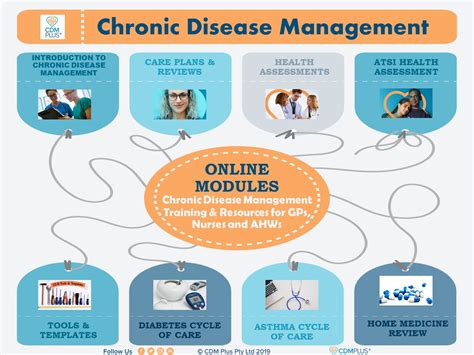
Living with a chronic illness can feel like navigating a maze with constantly shifting walls. Between managing symptoms, medication schedules, and the emotional rollercoaster, finding strategies that truly help can feel like searching for a needle in a haystack.
But don’t despair! While finding the perfect combination of solutions takes time and experimentation, there are often hidden gems waiting to be discovered.
These 7 genius chronic illness management solutions might surprise you with their effectiveness and ease of implementation.
1. Embracing the Power of Micro-Habits
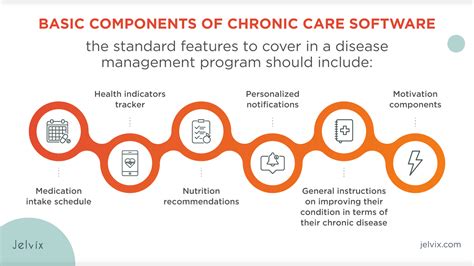
Forget about tackling massive lifestyle overhauls; micro-habits are your new secret weapon. These tiny, manageable actions, when consistently practiced, can add up to significant improvements in your overall well-being.
Think about it:
- Instead of: vowing to exercise for an hour every day, try: taking a 5-minute walk twice a day.
- Instead of: aiming to eat perfectly healthy meals, try: adding an extra serving of vegetables to one meal a day.
- Instead of: striving for 8 hours of sleep, try: implementing a relaxing bedtime routine 30 minutes before bed.
These small changes, though seemingly insignificant, can create lasting positive impacts.
Why Micro-Habits Work:
- Overcoming inertia: Starting small reduces the initial hurdle, making it easier to get started.
- Building momentum: Small wins lead to bigger successes, motivating you to continue.
- Sustainable change: Micro-habits are less daunting and more realistic to maintain over time.
Tips for Implementing Micro-Habits:
- Identify one specific area: Focus on improving one aspect of your health at a time.
- Start incredibly small: Make the habit so easy that you can’t resist doing it.
- Track your progress: Use a habit tracker, journal, or app to visualize your achievements.
- Celebrate successes: Acknowledge and reward yourself for sticking to your micro-habit.
2. Harnessing the Power of Nature

Nature isn’t just visually appealing; it’s scientifically proven to boost mood, reduce stress, and improve overall health.
Here’s how to bring nature’s healing touch into your daily routine:
-
Outdoor walks: Even a 15-minute stroll in a park can do wonders for your mental and physical well-being.
-
Green spaces: Dedicate a corner of your home to indoor plants. Studies show they can reduce stress hormones and improve air quality.
-
Natural light: Open your curtains, sit by a window, and soak up those vitamin D rays.
Why Nature Matters:
-
Stress reduction: Nature exposure lowers cortisol levels, promoting relaxation.
-
Improved mood: Spending time outdoors increases serotonin production, naturally boosting happiness.
-
Physical benefits: Walking, gardening, or simply breathing fresh air can improve cardiovascular health, strengthen muscles, and boost immunity.
3. Mindfulness: Your Personal Wellness Oasis
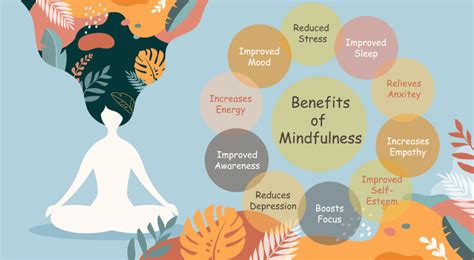
Mindfulness is the practice of paying attention to the present moment without judgment. It’s about becoming aware of your thoughts, feelings, and sensations without getting carried away by them.
While it may seem simple, mindfulness can be incredibly powerful for managing chronic illness:
- Reduced stress: Mindfulness helps you observe stress triggers without reacting impulsively, promoting calm.
- Improved pain management: Focusing on your breath and sensations can shift your attention away from pain, making it less overwhelming.
- Increased emotional regulation: Mindfulness allows you to acknowledge your emotions without letting them control you, leading to greater emotional stability.
Simple Mindfulness Practices:
- Mindful breathing: Focus on the sensation of your breath entering and leaving your body.
- Body scan meditation: Bring your attention to each part of your body, noticing any sensations without judgment.
- Mindful walking: Pay attention to the sensations of your feet on the ground, the movement of your body, and the sights and sounds around you.
4. Creative Expression: Unleashing Your Inner Artist
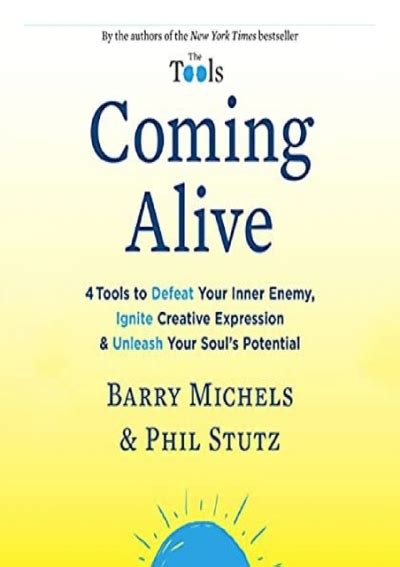
Chronic illness can sometimes feel isolating and draining. Creative expression offers a powerful outlet for emotions, stress relief, and personal growth.
Don’t worry if you’re not a Picasso or Mozart; any form of creative activity can be beneficial:
-
Journaling: Pour your thoughts, feelings, and experiences onto paper.
-
Art therapy: Explore colors, textures, and shapes through painting, drawing, sculpting, or collage.
-
Music therapy: Listen to calming music, learn to play an instrument, or sing along to your favorite tunes.
-
Writing: Write stories, poems, or song lyrics.
Benefits of Creative Expression:
-
Emotional release: Provides a healthy outlet for pent-up emotions.
-
Stress reduction: Engaging in creative activities can lower cortisol levels and promote relaxation.
-
Self-discovery: Creativity allows you to explore your inner world and gain a deeper understanding of yourself.
5. Power Posing: Owning Your Confidence

Believe it or not, your posture can impact your confidence and even influence hormone levels. Power posing involves striking confident postures, holding them for a couple of minutes, and noticing the shift in your mindset.
Try these poses:
-
Wonder Woman: Stand tall with feet apart, hands on hips, chin slightly lifted.
-
Victory: Raise your arms overhead, palms facing outward, mimicking a victory celebration.
-
Leader: Stand with feet shoulder-width apart, hands clasped behind your back, chest open.
Why Power Posing Works:
-
Hormonal changes: Studies show that power posing increases testosterone levels, associated with confidence, and decreases cortisol levels, linked to stress.
-
Cognitive shifts: Adopting a confident posture can actually make you feel more confident, leading to improved performance and decision-making.
6. Connecting with Others: Building a Support Network
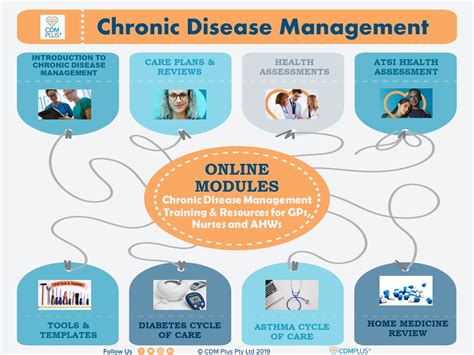
Chronic illness can often feel isolating, but connecting with others who understand your journey can be incredibly beneficial.
-
Support groups: Joining online or in-person support groups provides a safe space to share experiences, gain advice, and feel understood.
-
Friends and family: Lean on loved ones for emotional support, practical help, and a listening ear.
-
Social activities: Engage in activities that bring you joy and connect with others who share your interests.
Benefits of Social Connection:
-
Reduced loneliness and isolation: Feeling connected to others combats the emotional toll of chronic illness.
-
Shared experiences: Connecting with others who understand your challenges provides validation and reduces feelings of stigma.
-
Emotional support: Sharing your burdens with others can lighten the load and provide valuable encouragement.
7. Prioritizing Self-Compassion: Treating Yourself with Kindness
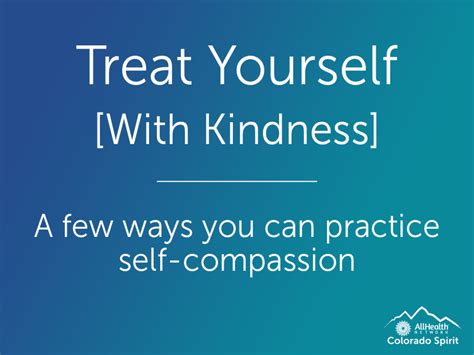
Living with a chronic illness can be challenging, and it’s easy to fall into the trap of self-criticism. Cultivating self-compassion means treating yourself with the same kindness and understanding you would offer a dear friend.
Practice self-compassion by:
- Acknowledging your struggles: Recognize that living with a chronic illness is difficult and that your feelings are valid.
- Speaking kindly to yourself: Replace negative self-talk with compassionate words of encouragement and understanding.
- Practicing forgiveness: Be gentle with yourself for setbacks and mistakes.
Remember, chronic illness management is a journey, not a destination.
Experiment with these solutions, find what resonates with you, and celebrate your progress along the way.
FAQ
Q: What types of chronic illnesses does this article cover? A: This article offers solutions applicable to a wide range of chronic illnesses, but focuses on those that often involve fluctuating symptoms, fatigue, and pain.
Q: Are these solutions a replacement for medical treatment? A: Absolutely not. These solutions are meant to complement, not replace, professional medical care. Always consult your doctor for diagnosis and treatment.
Q: How can I determine which solutions are right for me? A: Consider your individual needs, symptoms, and lifestyle. The article provides detailed descriptions of each solution, allowing you to make an informed choice.
Q: Do these solutions require special equipment or training? A: Some solutions may require minimal resources like a journal or specific apps. Others, like specialized therapies, might necessitate additional investment and research.
Q: How long will it take to see results? A: The time it takes to experience benefits varies greatly depending on the individual and the solution chosen.
Q: What if a solution doesn’t work for me? A: Don’t be discouraged! Chronic illness management is a journey, and finding the right combination of strategies takes time. Try different approaches and adapt them to suit your evolving needs.
Q: Can I share these solutions with others? A: Feel free to share the article with friends or family members who may find these solutions helpful. Remember, everyone’s experience with chronic illness is unique, so encourage them to consult with their healthcare provider.




